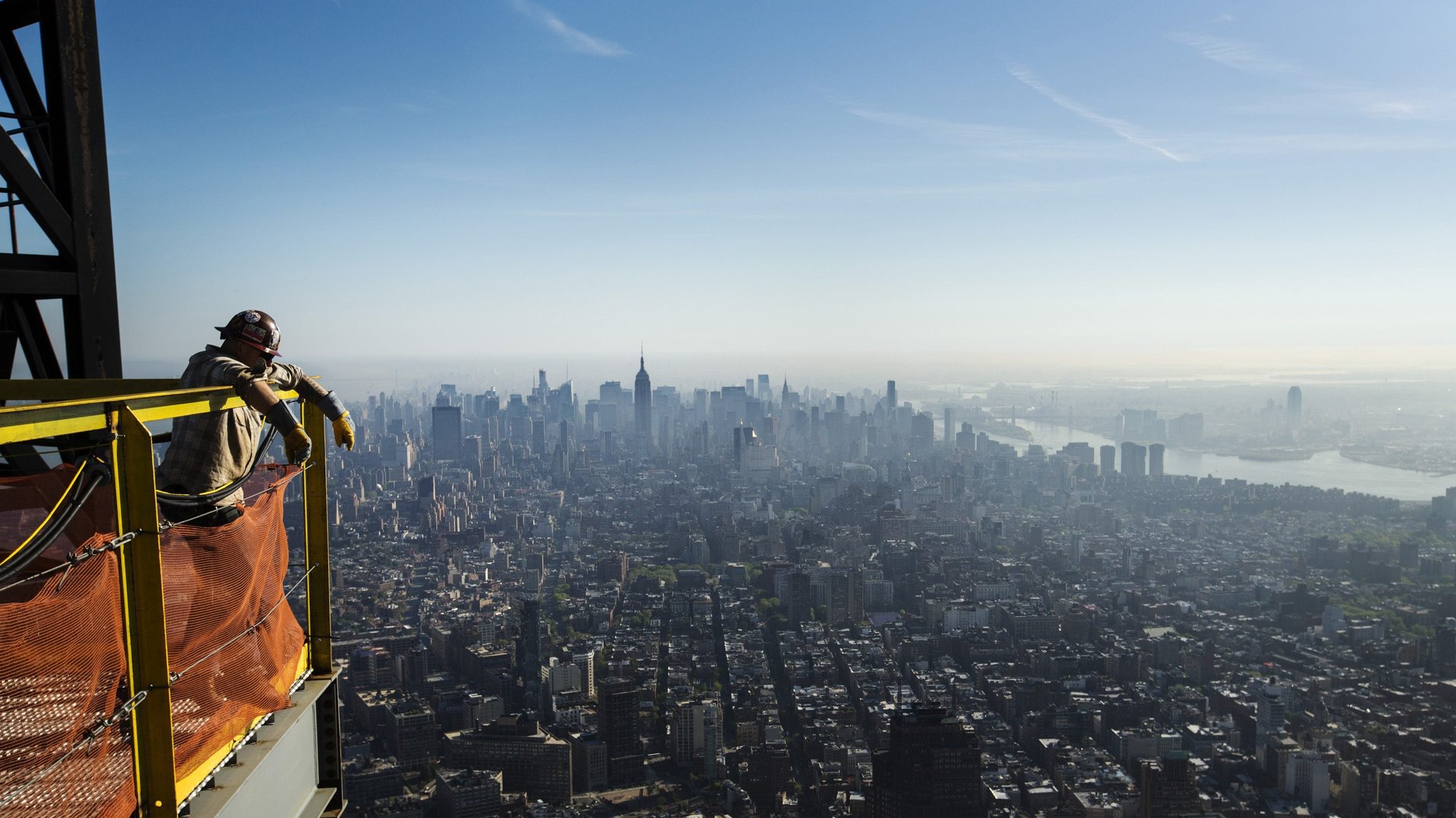Unemployment this low rarely lasts
A funny thing happens when the unemployment rate dips really low. It has a tendency to rise sharply, usually within a year or so.


A funny thing happens when the unemployment rate dips really low. It has a tendency to rise sharply, usually within a year or so.
The unemployment rate in the US is now 4.1%.
In the past, stretches of low unemployment have preceded crises. At first glance, a low jobless rate seems like good news, but economic theory suggests strange things can happen when it gets too low.
In theory…
If policymakers could have their way, anyone who wanted a job would have one. But economists maintain that this can never be, because it takes time to switch from one job to another, and in some cases advancements in technology means jobs naturally disappear, putting people out of work.
The tricky policy challenge is to figure out what the right non-zero rate of unemployment is. Economists have spent half a century trying to sort this out, with arguably worse and worse results (paywall). Some believe any dip below 5% is entering dangerous territory, while others think the natural rate lies closer to 2% or 3%.
Once the economy dips below the natural rate, the theory goes, it kicks off a negative chain reaction. As unemployed workers become scarce, firms must pay more to attract additional workers, even though the marginal worker is less productive. This puts upward pressure on wages, which leads to inflation. Workers may be temporarily happy (they’re employed and their nominal incomes are rising), but high inflation is ultimately bad—it erodes the purchasing power of the money people make.
Economists believe that until the unemployment rate returns to its “natural” level, inflation will increase.
…In practice
The reality is that it’s hard to say whether a low jobless rate triggers a crisis. The instinct of central bankers is to hike interest rates when unemployment gets too low, to prevent runaway inflation. It’s a balancing act, however, because raising rates too quickly can depress the economy, bringing on crisis-like symptoms.
But the connection between low unemployment and inflation hasn’t always held—back in the 90s, then-Fed chair Alan Greenspan kept rates low, even as the unemployment rate dropped. Even so, inflation stayed low and stable. Some believe Greenspan’s artificially low rates created the environment that led to the dot-com bubble, which abruptly put many Americans out of work when it burst.
What about now?
Goldman Sachs forecasts that the jobless rate will fall even further in 2018—to 3.7%. As unemployment drifts lower and lower, the Fed will be put under more pressure to raise rates.
“The strength [of the economy] is becoming ‘too much of a good thing’ and containing further overheating will become a more urgent priority in 2018 and beyond,” cautions Jan Hatzius, Goldman’s chief economist.
But others don’t think a low unemployment rate is as meaningful as it used to be. Elise Gould of the Economic Policy Institute thinks the unemployment rate is artificially low because more workers have stopped looking for work. (When people stop seeking employment, they drop out of the most common measure of unemployment.) If that’s the case, then unemployment could stay low without the ill effects seen in the past.
That’s a big “if”.